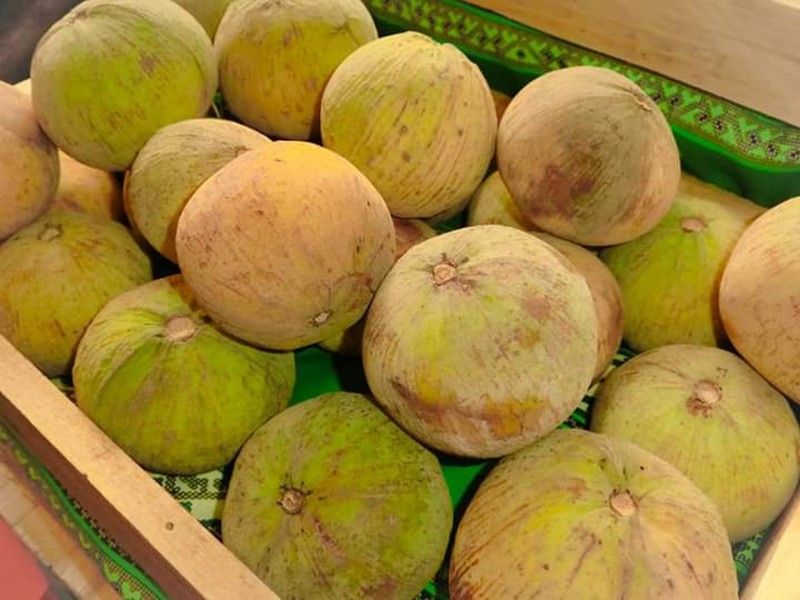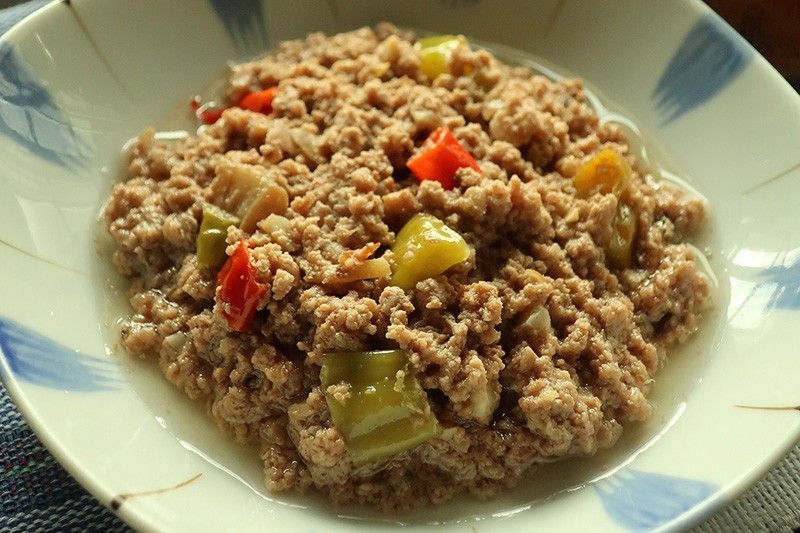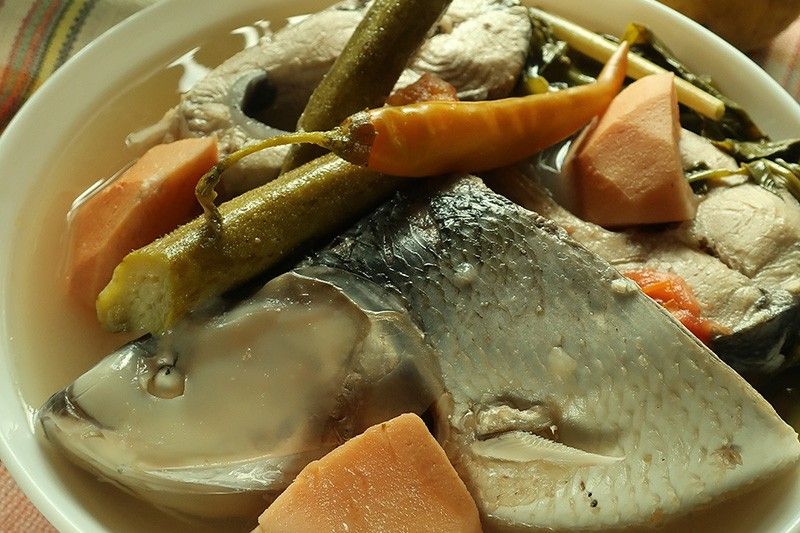Health, culinary benefits of santol

MANILA, Philippines — Santol, or Sandoricum koetjape, is a tropical fruit native to former Indochina and Malaysia and is now found and cultivated in most tropical countries across Southeast Asia, including the Philippines.
Growing according to season, santol, or cotton fruit, has a skin that may be a thin peel to a thicker rind caressing three to five big, inedible seeds with a sweet-and-sour whitish pulp around them. You bite around the pulp and suck to enjoy the natural sweetness of the fruit. Those who like eating the fruit raw and by itself also scoop out part of the softer inner part of the rind. Either that, or they slice the fruit off its hard outer skin and leave only the softest inner part of the rind still wrapped around the seeds and eat that raw.

Cooking santol
Cut the same way, santol is also preserved in a sweetened vinegar solution that keeps the tartness off and the edible part of the skin tender. It is now a preserved fruit delicacy. Santol can likewise be candied or turned into a jam or marmalade.
On the savory side, Filipino cuisine makes use of the fruit creatively. Just grate the soft rind of the santol, and cook it with gata (coconut milk) and pork bits into a savory dish called Sinantolan. Throw in a few pieces of chili to give your Sinantolan some kick. Or cook your usual Sinigang na Bangus (milkfish in sour broth) but use santol as your souring agent. The santol gives the sour-ish soup dish a different level of sweet sourness in flavor. The taste is very clean and pure.
Like in Filipino cuisine, Thai cuisine has a lot of culinary use for santol. For one, the fruit is used in making Som Tam when it is still not fully ripe. It also goes into the Thai santol and pork as well as santol and prawn Thai curries.
Careful about swallowing the seeds of the santol fruit, though, as they may cause intestinal obstruction that, in extreme cases, may require abdominal surgery to remove the seeds. As has been mentioned earlier, the seeds are inedible, and they are rather big. So big that, when swallowed accidentally, might lodge in the passageway, and refuse to budge.

Health benefits
The santol fruit is a good source of iron (a mineral that moves oxygen in the blood) and fiber (which helps regulate digestion). It also contains calcium, phosphorus, and Vitamin B and C.
Aside from the fruit, various parts of the santol are used in Filipino folk medicine for their anti-inflammatory properties. An infusion of santol leaves helps bring fever down, the roots help solve diarrhea and other digestive problems, and the pulp can be preserved and used as an astringent.
Therefore, the santol, like other local tropical fruits, does a lot of good for the body.




















